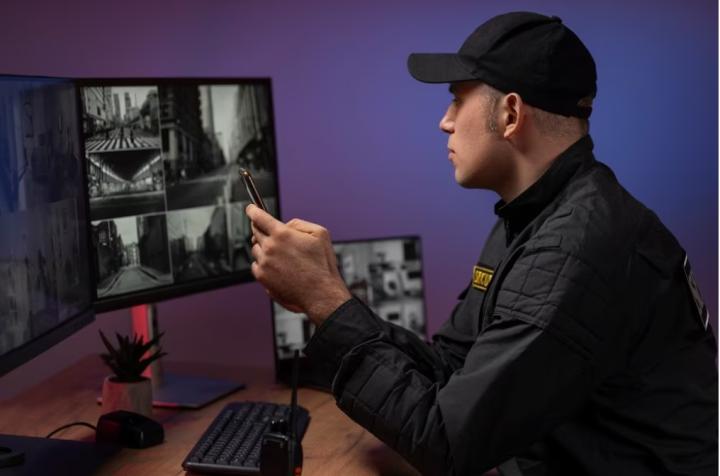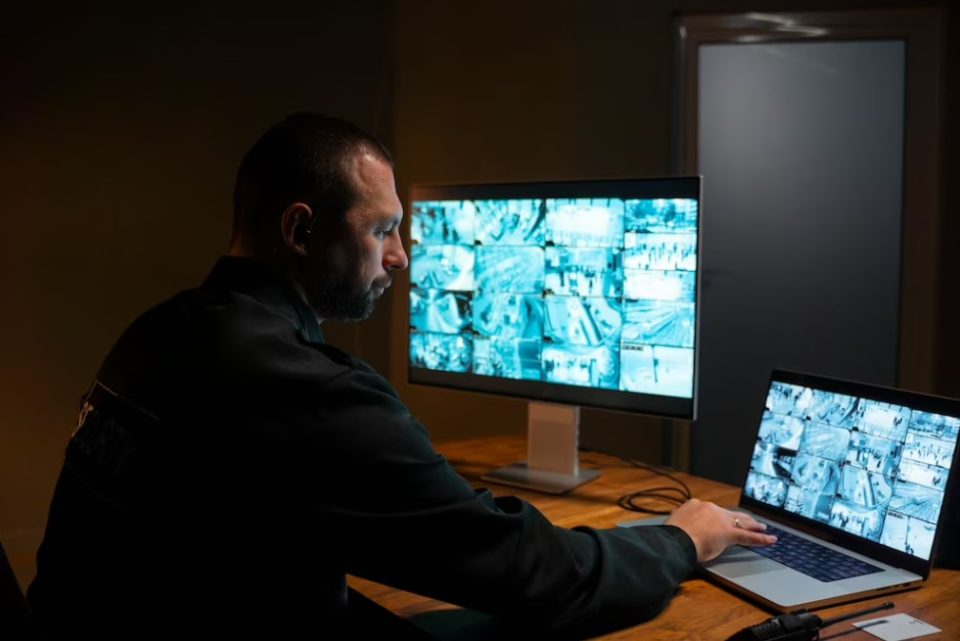Nowadays, The advancement of digital technology has transformed the field of forensic investigations. Law enforcement agencies and legal professionals now have a wealth of visual evidence in the form of forensic videos to aid their investigation process. These video forensics play a key role in establishing the truth about criminal cases.
However, the analysis of forensic videos has become technically more challenging with the advent of AI. Whether it is the ability to effectively extract valuable information, decipher hidden details, identify tampering attempts, or enhance low-quality footage, video forensic analysts must have a comprehensive strategy and the right tools.
In this article, we will discuss the best tips for conducting an effective analysis of forensic videos.
Tips For Effective Analysis Of Forensic Videos
1. Understand the full crime story
Before any forensic video analysis, you need to uncover every piece of information surrounding the crime scene. This may include gathering information before the crime and other details.
Most of the time, investigators are often presented with incomplete video evidence which is often mostly not reliable. You want to ensure that you put together complete video evidence and data.
Though a variety of video file problems and errors could stop you from smoothly carrying out, you employ tools such as surveillance video enhancement software and other tools to put your evidence together. Understanding the context enables you to form good hypotheses, discover prospective areas of interest, and direct your efforts effectively.
2. Get the original video or high quality
When it comes to getting forensic investigation for accurate analysis, the integrity of the forensic videos is very important. You must get the highest video quality from the original recording. RAW files or uncompressed video formats are suitable for crime scene video investigation because they retain the highest possible quality of visual information. In all this process, follow the chain of custody when handling video evidence.
3. Use video enhancement software
 Video quality issues are some of the problems you can face during forensic video analysis, especially low-resolution content. Other issues like poor lighting, long distances, Video capturing devices format, improper video recording angles, low-quality video content, and extreme recording circumstances like typhoons are some of the issues faced.
Video quality issues are some of the problems you can face during forensic video analysis, especially low-resolution content. Other issues like poor lighting, long distances, Video capturing devices format, improper video recording angles, low-quality video content, and extreme recording circumstances like typhoons are some of the issues faced.
However, you can use video enhancement software to overcome most of the problems. Enhancing video quality can help you reveal hidden details and help gather more evidence. Moreover, technology like facial recognition may not work in extreme cases of CCTV low-resolution content. However, CCTV camera video enhancement software can help you improve the quality of your videos.
Moreover, with software like Cognitech Video Investigator® 64, you can perform functions like noise reduction, contrast adjustment, sharpening, unstable video content improvement, target locking by masking, zooming in, adjusting the lighting of the footage, and more. The Investigator Video editor is very easy to use.
4. Employ scientific frame-by-frame analysis
A video can give you all the evidence you need but forensic video evidence cannot analyze itself. So take time to scientifically encode and analyze your video evidence. A proper analysis of the crime scene video can give you a wealth of information you beg for.
To achieve this you can only do the following:
- Try to identify every object possible in the video such as facial recognition, still objects, and moving objects.
- Obtain information from all moving objects. And when examining an object in motion, take time and use frame-by-frame analysis to gather as much information as possible because it will provide additional indications for your investigative conclusion.
- Check the exact date, time, and location of the crime scene. CCTV and surveillance videos usually have time stamps that are worth checking to aid you prove or challenge the evidence.
- Check information like ID, car plate, and other forms of identification.
5. Prepare your evidence based on the forensics report
Coordinating the internal digital forensics groups and other departments, ranging from police officers to court employees throughout a procedure, with a concise and easily understandable review of the actual incident, must be your top goal if you want to effectively explain your video forensics report.
Know that they’re only justified in moving forward and formulating findings objectively by confirming the admissibility and trustworthiness of your presented evidence in addition to their thorough knowledge of it.
When drafting a digital forensic report, use the best practices framework. The final consideration across every section of your report should always be to draw conclusions based on evidence rather than on speculation or intuitive deduction.
When presenting your evidence, ensure you must
- Follow the chain of custody strictly and handle the evidence in a forensically sound manner.
- Organize and tag your video evidence depending on its pertinence and total duration.
- Permit everyone involved in the case to access the evidence
- Prepare your forensic presentation and report properly.
Conclusion
In conclusion, efficient forensic video analysis is a crucial component of modern investigation procedures. The capacity of video forensic analysts to gather important information, uncover hidden details, and provide convincing evidence in criminal trials can be improved by adhering to these best practices and employing the best video enhancement software.
Cognitech has a cutting-edge Investigator Video editor and Surveillance video enhancement software that can enhance your video evidence.

